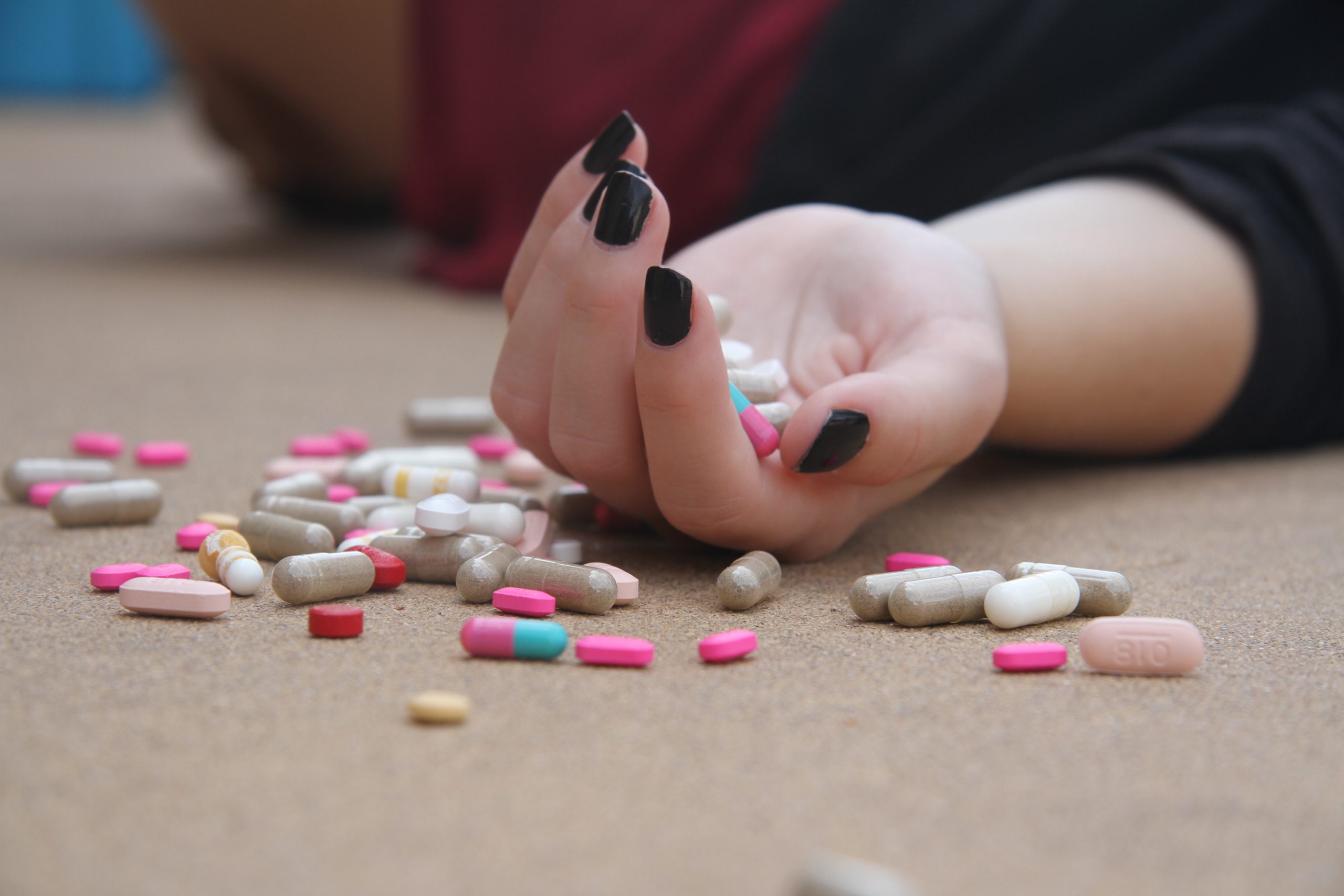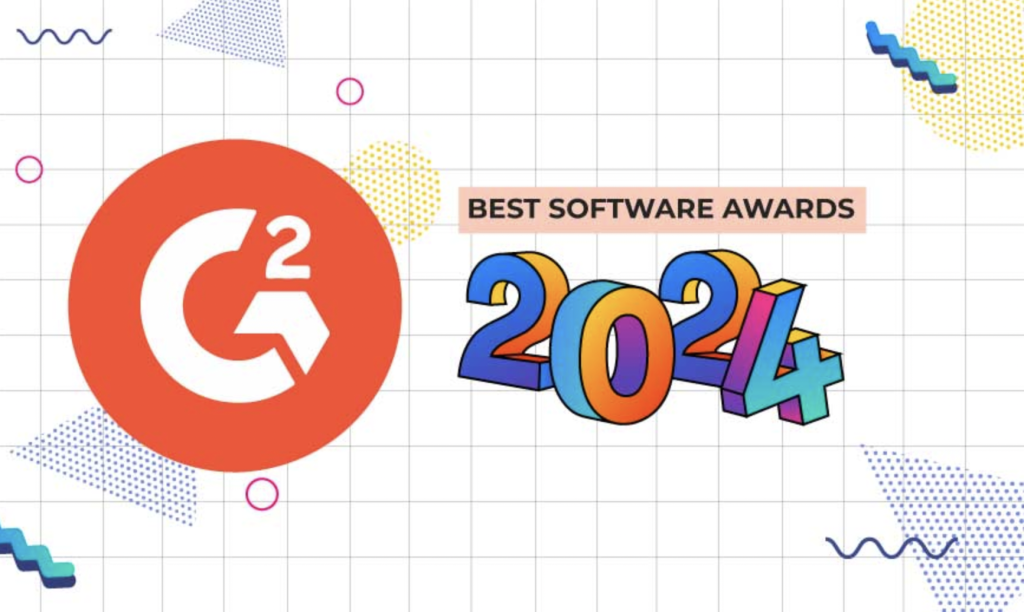Drugs have the power to do terrible things to the people we love, a lesson that has never been more painfully clear for Americans. The USA is currently experiencing one of the worst drug epidemics in history. This morning Trump tweeted that he will hold a “major briefing” on the nation’s opioid crisis. In addition, a commission that Trump appointed to focus on the epidemic at the start of his term, last week recommended that Trump declare a national emergency. “The opioid epidemic we are facing is unparalleled”, the commission wrote. Statistically speaking the midwest, with states such as Ohio in particular, has seen a large amount of damage and death due to the horrific impact of this epidemic. In Ohio, a lawsuit was filed last week accusing five drug companies of abetting the opioid epidemic. The New York Times estimated overdose deaths increased by more than 25 percent in 2016. One of the reasons for Ohio and the midwest being hit so badly is due to its geographical location making it a prime spot for Mexican drug cartels. Two major arteries that crisscross the nation, Interstates 70 and 75, intersect in the northeast corner of the region. Officials say the cartels ship their product directly to Dayton, a short distance away from the intersection. Then, local dealers hop onto one of the “heroin highways” and circulate opioids throughout the country. With the country shaken up by this crippling addiction, the government is desperate to tackle this issue. An epidemic of this size won’t disappear overnight, nor are we likely to find a quick fix solution. However, there are a number of methods which are working to reduce overdoses and provide help for those who need it. Multiple police forces around the country, including Ohio, have adopted the use of a drug called naloxone, also known by the brand name Narcan. Administered as a nasal spray, the drug can reverse the effects of an opioid overdose and is relatively easy to use. One Chicago based Startup, Triggr Health, is using machine learning to help predict when an individual is likely to suffer a relapse. Triggr Health is a app which is designed to help individuals during their recovery process. It does this by tracking the days the user has been sober, providing an active count allowing users to set personal goals. The app also connects users with recovery coaches who can assist users through their most challenging moments. Users are encouraged to check in with the app on a daily basis, and if more than a day passes between check-ins, the coaches will reach out. Using this information, machine learning algorithms are then able to predict behaviour patterns. If a behavioural trend is discovered that indicates a relapse could happen in the future, the coaches can reach out to the individual or a patient’s external care team. John Haskell, Triggr’s cofounder and CEO, was first inspired to design this app after a close friend at university went through a difficult time suffering from mental health problems and substance abuse. At one point his friend gave up with treatment and began considering suicide. During this time her mother called which resulted in Haskell’s friend turning to a more positive path. When Haskell asked the mother what had pushed her to make the call at that specific time, she simply replied that it was “Motherly intuition”. “She knew something was wrong. She could feel it. But what was particularly interesting about that experience was that it was all these data points. And all trackable on your phone,” says Haskell. “The concept of intuition is purely a data question,” he adds, “Why can’t you scale motherly intuition?” In June, Triggr Health took part in a panel discussion in Portland which was part of Maine Startup and Create Week. The discussion included entrepreneurs and addiction specialists who debated ways innovation can be used to counter opioid-related deaths. As a result of the discussion, the panelists said they have seen some positive signs recently. Innovators are uniting to figure out how to tackle the crisis, the medical community is starting to a more cautious approach on issuing new opioid prescriptions, and people in general are talking more about the problem. The US certainly has a long road ahead before it is back on a healthy and steady path, free from the crippling effects of this nationwide epidemic. Until then the country will require its brightest minds to continue to put forward creative solutions, a more heedful approach from the medical community and a lot of support from the US government.
Using data to predict a drug relapse
By Techli
8 agosto, 2017








